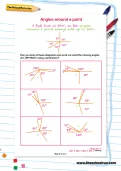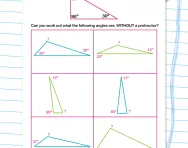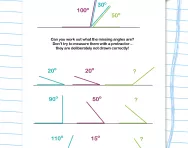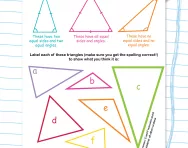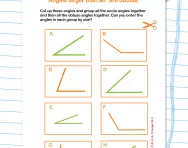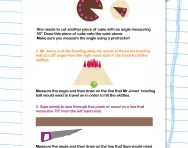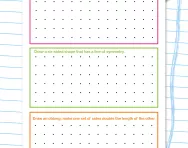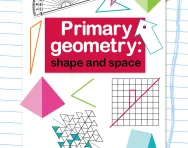Important update from TheSchoolRun
For the past 13 years, TheSchoolRun has been run by a small team of mums working from home, dedicated to providing quality educational resources to primary school parents. Unfortunately, rising supplier costs and falling revenue have made it impossible for us to continue operating, and we’ve had to make the difficult decision to close. The good news: We’ve arranged for another educational provider to take over many of our resources. These will be hosted on a new portal, where the content will be updated and expanded to support your child’s learning.
What this means for subscribers:
- Your subscription is still active, and for now, you can keep using the website as normal — just log in with your usual details to access all our articles and resources*.
- In a few months, all resources will move to the new portal. You’ll continue to have access there until your subscription ends. We’ll send you full details nearer the time.
- As a thank you for your support, we’ll also be sending you 16 primary school eBooks (worth £108.84) to download and keep.
A few changes to be aware of:
- The Learning Journey weekly email has ended, but your child’s plan will still be updated on your dashboard each Monday. Just log in to see the recommended worksheets.
- The 11+ weekly emails have now ended. We sent you all the remaining emails in the series at the end of March — please check your inbox (and spam folder) if you haven’t seen them. You can also follow the full programme here: 11+ Learning Journey.
If you have any questions, please contact us at [email protected]. Thank you for being part of our journey it’s been a privilege to support your family’s learning.
*If you need to reset your password, it will still work as usual. Please check your spam folder if the reset email doesn’t appear in your inbox.
Angles around a point
A full turn is 360 degrees, so the angles around a point always add up to 360 degrees. Can you look at these diagrams and work out what the missing angles are, WITHOUT using a protractor?
What are angles in KS2 maths?
In KS2 (Key Stage 2) maths, angles are an important concept that your child will learn about.
An angle is a measure of the space between two lines that meet at a point, which is called the vertex. You can think of it like the corner of a room or the point where two roads cross. The size of an angle tells us how wide or narrow this space is.
What types of angles should KS2 children learn about?
- Right angles
These angles measure exactly 90 degrees and look like the corner of a square or a book. - Acute angles
This is an angle that is less than 90 degrees. It’s smaller and looks more pointy. - Obtuse angles
This type if angle is more than 90 degrees but less than 180 degrees. It looks wider or more open. - Straight angles
This angle is exactly 180 degrees, forming a straight line.
Your KS2 child will be taught that angles are measured in degrees (°). And a full circle is 360 degrees, so if you go all the way around a point, you’ve turned 360 degrees.
How will this angles worksheet help your child?
This teacher-created resource was designed to help your KS2 child understand how to calculate angles around a point. It is simple but effective and will build your child's confidence in their mathematical skills.
For more help with angles, check out our Space and Shape hub page, or try a new challenge such as our tutorial on identifying acute and obtuse angles.
